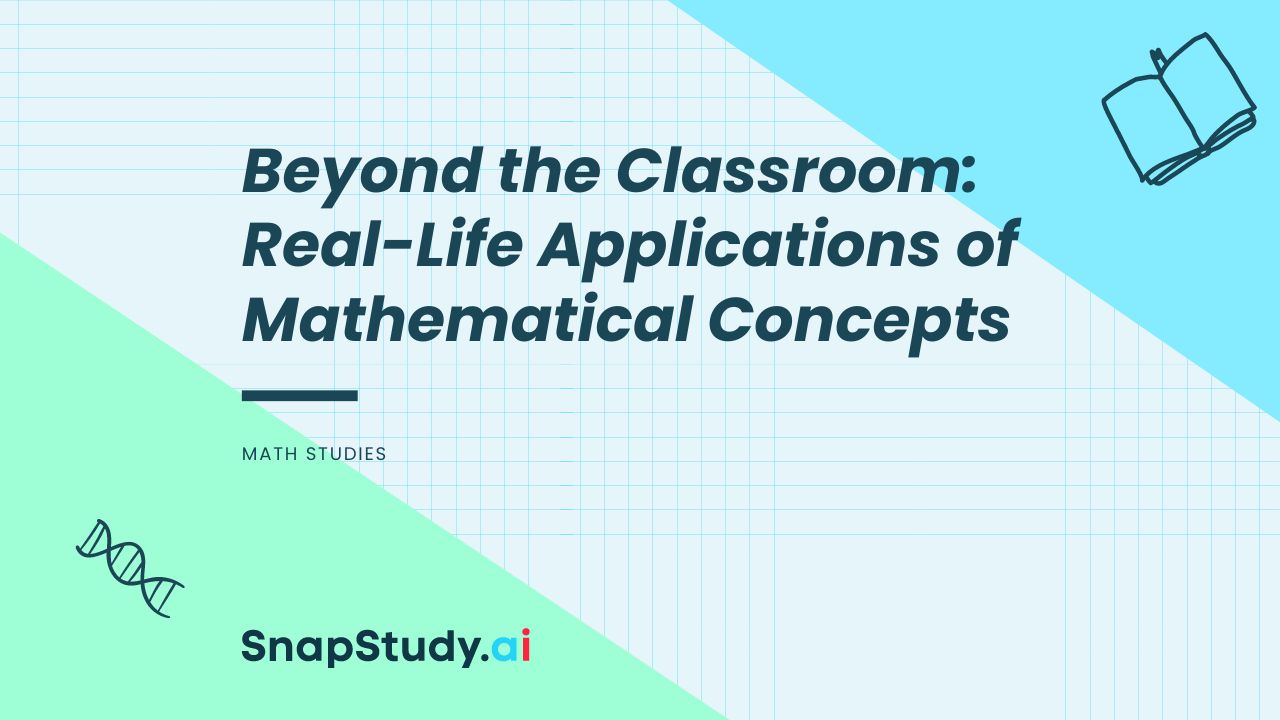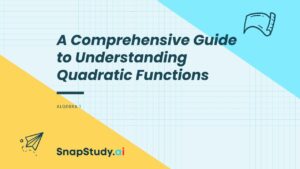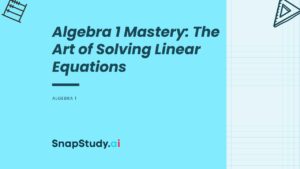Many view mathematics as a complex, abstract, and somewhat intimidating subject. Yet, the truth is, it is deeply embedded in our everyday lives and activities. From the mundane tasks such as grocery shopping to the more complex ones like planning a trip, mathematical principles are constantly at play. This introductory section aims to set the stage for a deeper exploration of these real-world applications of mathematics.
Part 1: Everyday Mathematics
Budgeting and Finance
One of the most immediate applications of mathematics we encounter daily is in managing personal finances. Concepts such as addition, subtraction, division, and percentages are employed to calculate income, manage expenses, and save money. Understanding and applying these mathematical principles can be the difference between financial security and instability.
Cooking and Baking
The culinary world is another area where mathematics is regularly applied. Measurements in cooking and baking are essentially applications of fractions and ratios. Comprehending these concepts is essential to getting the ingredients right and concocting a perfect dish. From measuring flour for baking bread to determining the ratio of ingredients for a salad dressing, math is a vital ingredient in the kitchen.
Part 2: Mathematics in Profession
Engineering
In the professional world, mathematics forms the bedrock of many disciplines, with engineering being a prime example. Engineers use calculus, trigonometry, and other advanced mathematical concepts to design and analyze systems and structures. From building bridges to developing efficient electrical circuits, mathematical principles are key to successful engineering.
Medicine
The field of medicine is no stranger to the application of mathematics. Statistics, for instance, is used to interpret data from medical research and clinical trials. Moreover, mathematics comes into play in advanced medical procedures such as medical imaging, genetic research, and predicting the spread of diseases. The effective treatment and prevention of diseases often rely heavily on mathematical models and calculations.
Part 3: Mathematics in Nature and Universe
Fibonacci Sequence and the Golden Ratio
Venturing beyond human activities, we find mathematical principles exhibited in nature and the universe. The Fibonacci sequence and the golden ratio, for instance, can be seen in various aspects of nature and art. From the arrangement of leaves on a stem to the architectural design of the pyramids, these mathematical patterns are omnipresent.
Measuring the Universe
In the field of astronomy, complex mathematical models and calculations are utilized to measure distances in the universe and predict the movement of celestial bodies. Understanding the size of the universe, the distance between planets, and the behavior of galaxies relies heavily on mathematical principles.
Conclusion
Mathematics, as we can see, is far from being confined to textbooks. Its principles and concepts are deeply woven into our lives, making it an essential skill for everyone. By embracing mathematics, we can not only become more adept at handling everyday tasks but also gain a better understanding of the world around us, making more informed decisions, and appreciating the beauty of the universe.





